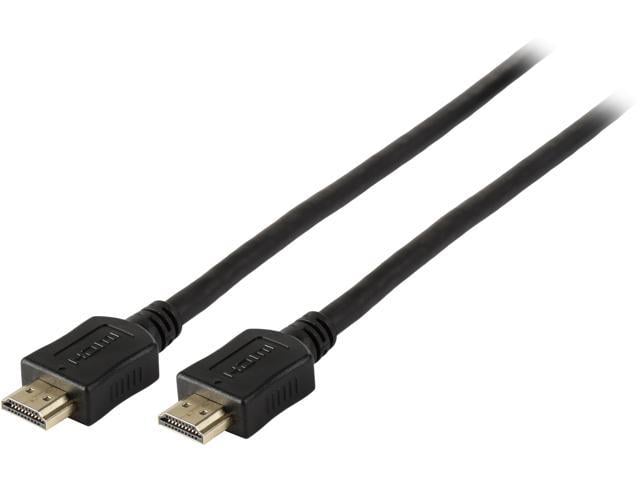Excerpt from University of North Carolina Extension Bulletin, 1938, Vol. 17
It is the purpose of the Extension Division to place the audio-visual aids at the disposal of the schools and other educational and civic agencies on a cost basis. The receipts from rental charges Will be used to operate the service and to make accessions to the library of films and slides.
Primarily, the visual education services are designed to aid elementary school, secondary school, and college teachers to supplement classroom instruction. Consequently, material is being selected and made available that may be integrated with the curriculum or the courses of study in public schools and colleges. Special programs will also be arranged to fit the interest of adult study groups.
The Bureau is prepared to provide a number of advisory services in cluding the selection of projectors and other equipment, suggestions to teachers regarding the use of visual aids, and information on the sources of motion picture films and slides.
Due to the fact that only a comparatively small number of schools are at present equipped to use films, the Bureau will loan projectors on a nominal rental basis. Parent-teacher Associations and other organiza tions are interested in educational motion pictures and may be requested to cooperate With the schools in securing the necessary equipment.
About the Publisher
Forgotten Books publishes hundreds of thousands of rare and classic books. Find more at www.forgottenbooks.com
This book is a reproduction of an important historical work. Forgotten Books uses state-of-the-art technology to digitally reconstruct the work, preserving the original format whilst repairing imperfections present in the aged copy. In rare cases, an imperfection in the original, such as a blemish or missing page, may be replicated in our edition. We do, however, repair the vast majority of imperfections successfully; any imperfections that remain are intentionally left to preserve the state of such historical works.





![DisplayPort Cable 1.4, DP Cable 6.6ft/2M, [4K@60Hz, 2K@144Hz, 2K@165Hz], Nylon Braided High Speed DisplayPort 1.2 Cable, Compatible for Gaming.](https://c1.neweggimages.com/ProductImageCompressAll640/ARNDS2010136Jahj.jpg)









